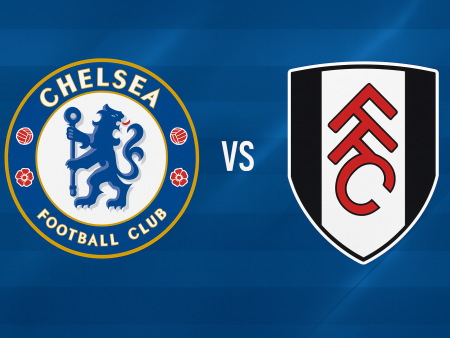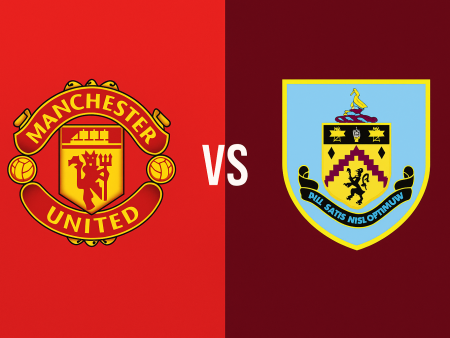Pep Guardiola’s Manchester City: Tactical Analysis of the 2023-24 Season
Manchester City, under Pep Guardiola, have continued to mesmerize football fans and analysts alike with tactical ingenuity and collective brilliance, even as the Premier League race tightens. While this season may test their dominance, City’s approach on both sides of the ball remains among the most advanced in world football. Here, we dissect how Guardiola’s philosophy and innovations have shaped City’s campaign in 2023-24.
Evolution of City’s Formation and Attacking Structure
Manchester City are often referenced as lining up in a 4-3-3 formation, but this oversimplifies Guardiola’s dynamic system. In possession, City morph into a refined 3-2-4-1 structure, which maximizes control in midfield and ensures both attacking width and defensive stability.
Possession is fundamental: they average an impressive 66% ball retention, outpacing Brighton and well above rivals such as Liverpool and Arsenal. This high possession means City rarely operate in their base defensive structure-most of their tactical artistry appears when they build from the back or assert pressure high up the pitch.
The 3-2-4-1 shape features three defenders (often including Manuel Akanji or John Stones stepping into midfield), two holding midfielders (such as Rodri paired with Stones, Akanji, or Rico Lewis), and a band of four who create and exploit attacking spaces. This structure allows for:
- Fluid build-up play through the thirds
- Midfielders drawing opponents centrally to create space wide for wingers
- Overloading pockets of space and enabling late box arrivals for midfielders
City’s wide players-Jeremy Doku, Jack Grealish, and Bernardo Silva, among others-possess great dribbling skill, often attacking isolated full-backs or recycling the ball to reset attacks. Meanwhile, the presence of Erling Haaland as the focal point stretches defensive lines, giving midfielders like Kevin De Bruyne and Phil Foden license to join attacks late and exploit space for high-quality chances.
Key Player Roles and Tactical Variations
A hallmark of Guardiola’s coaching is maximizing individual player strengths within the collective system. Key variations this season have included:
- **Inverted Fullbacks and Midfield Expansion:** Whether it’s John Stones or Manuel Akanji beside Rodri, City routinely utilize a defender stepping into midfield to both disrupt opposition transitions and facilitate quick ball progression.
- **Wing Play:** By shifting midfielders closer together during build-up, City pull defenders centrally. This isolation creates room for wingers to take on full-backs in one-on-one situations-a scenario well-suited to Doku’s quick feet or Grealish’s ball retention.
- **Center-back Ball Carrying:** City prioritize defenders who are comfortable advancing the ball under pressure. Recruitment of players like Akanji, Mateo Kovacic, and Matheus Nunes has reinforced this quality, ensuring that build-up remains unpredictable and dangerous for opponents.
When they lose possession, City are careful to commit just enough numbers forward to prevent vulnerability on the break, aided by their use of a world-class sweeper keeper.
The Rise of Phil Foden and Impact of Injuries
Kevin De Bruyne’s absence for extended periods has opened the door for Phil Foden to take on a central creative role. Foden’s development has been remarkable-he has already surpassed previous personal records, with 14 goals and 7 assists this season. His spatial awareness has reached levels reminiscent of De Bruyne, and his ability to find and finish chances has added a decisive edge to City’s attack.
Haaland continues to command defensive attention, but Foden’s timing and movement ensure that City maintain multiple avenues of threat, making their approach unpredictable and fluid.
Manchester City’s Defensive Identity and Pressing Mechanics
Defense is just as intricate as attack for Guardiola’s squad-City’s approach is based on rapid ball recovery and spatial control. Defensively, they default to a 4-1-4-1 shape, though practical application varies based on the opposition and game state.
Core principles include:
- **Relentless Pressing:** City aim to suffocate opposition counters by maintaining close triangles between players in attack. Should they lose the ball, they quickly surround the ball carrier, limiting the chance of a fast break.
- **Adaptive Defensive Lines:** Against possession-based sides like Arsenal or Liverpool, City compact their lines to close channels. Against deep-block teams, their defensive line pushes higher, even into the opponents’ half, reflecting supreme confidence in transition defense.
- **Transition and Recovery:** City reconfigure into defensive shape with astonishing speed following turnovers. Fullbacks like Kyle Walker provide critical recovery pace-his absence has exposed some vulnerability to balls played in behind the line-but Ruben Dias and Akanji’s anticipation and physical presence usually ensure stability.
Countermeasures and Transition Weaknesses
Despite their organization, Manchester City do concede opportunities-most notably in transition when their fullbacks or midfielders are caught forward, and the opposition exploits the spaces behind. Teams with pace and directness, such as Brentford or Aston Villa, have enjoyed some success in these scenarios, underlining the importance of player selection and individual recovery speed, especially in Walker’s absence.
Tactical Summary and Title Prospects
While Manchester City’s hold on the title is not guaranteed in 2023-24, their tactical system remains an exemplar of modern football. Their balance between control, adaptability, and collective intensity ensures that City are not only difficult to beat but also set the benchmark for innovation in the Premier League. Whether or not they secure another championship this season, their imprint on tactical development will continue to influence the game’s evolution.













